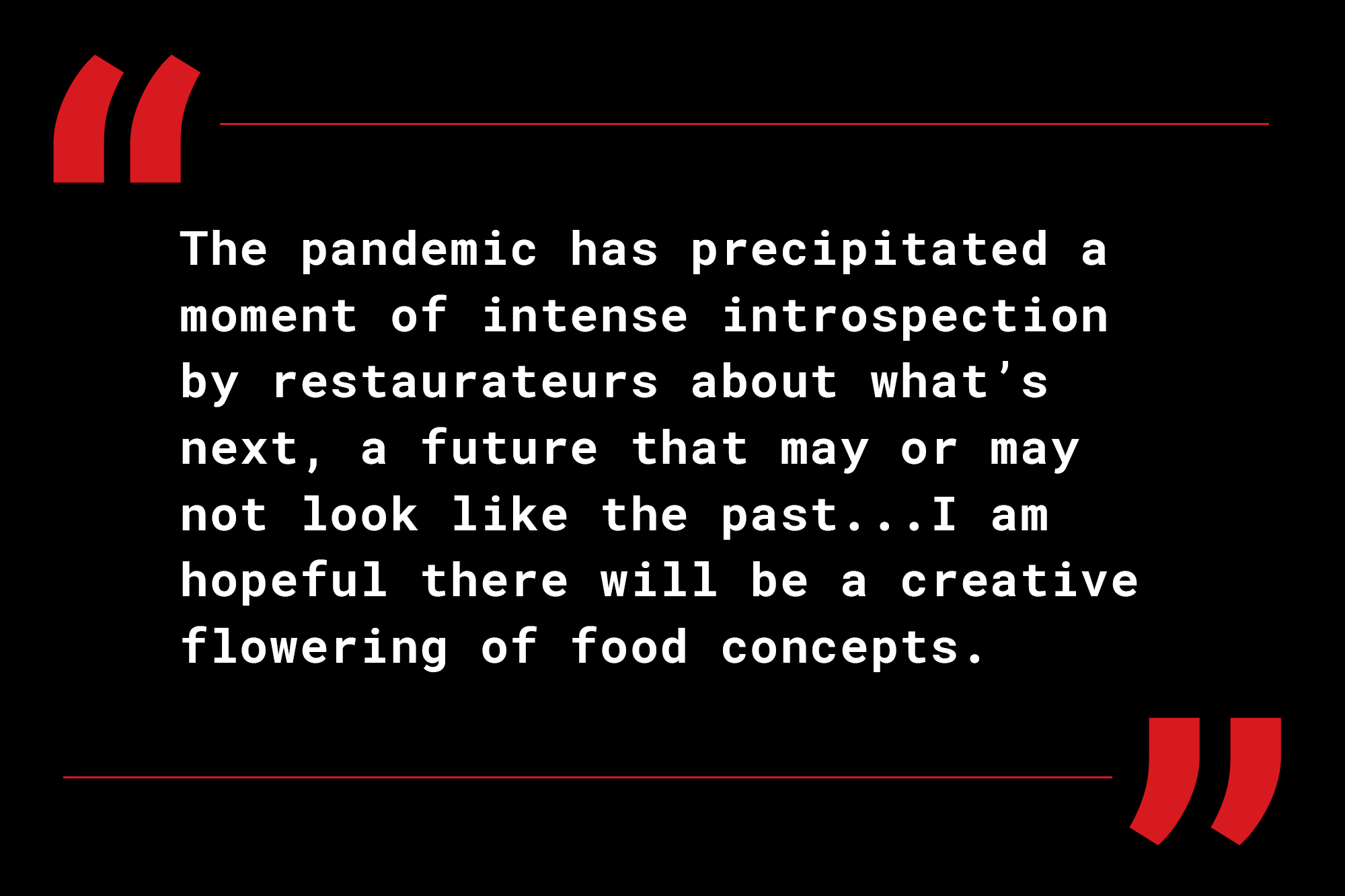Notes From Sweden
As Drew acknowledged in his blog post earlier this week, restaurants in Boston might benefit from not being the first out of the gate, but instead adopting a wait-and-see strategy and by evaluating what’s working in other cities before charging ahead. Most of the news is dominated by extreme – and likely effective – measures in East Asia, but I’m not optimistic that the US will embrace similar strategies given American attitudes, behavior, infrastructure, city design, and political will. That said, Boston’s sensibilities and design are more reminiscent of places overseas than in other parts of the US. Boston is oft-described as the most European of American cities. Though lacking the robust sidewalk café culture that one might find in Europe, it’s easy to blame the climate or sidewalk regulations or both. But I was struck by an article in Vanity Fair, “Sweden’s Restaurants Stayed Open in the Pandemic. This Is What Their Chefs Learned” which presents a super-interesting case study, despite what you think about Sweden’s approach to the pandemic.
The focus here is on top-tier, Michelin-starred, Scandinavian restaurants – Daniel Berlin, Oaxen Krog, Eksted, Noma – which you may or may not have heard of, and their heavy reliance on international foodies, or what the article calls “peripatetic gourmands” or “gastronomic pilgrims.” The selection of restaurants is obviously not emblematic of Sweden in its entirety, and is semi-problematic in its celebration of male-only celebrity chefs, BUT I still think there are some takeaways which are perhaps more broadly applicable.
“By and large, the Scandinavian country’s restaurants have stayed open throughout the crisis, which means they have a couple months’ experience with operating under social distancing measures, worrying about the health of their staff and guests, and adjusting both to the public’s tightened wallets and its potentially changing tastes.”
If you read the article – which I encourage you to do – you’ll see that this crisis has resulted in some clarity for these restaurateurs, as they have had no choice but to closely examine and make real-time changes to their approach. Their restaurants are under stress, but they are not closed. Not unlike Gabrielle Hamilton’s article on Prune in the NY Times, the present pandemic has precipitated a moment of intense introspection about what’s next, a future that may or may not look like the past. After some lag, I am hopeful there will be a creative flowering of food concepts. Accompanying the everlasting desire to return to urban life is a primal need to come together over food (and drinks!). My weekly article on restaurant retrofits has focused on spatial retrofits, but I think as we move to problem-solving and more prospective thinking, I will inevitably be having conversations and writing more about concept retrofits. Stay tuned.
And here’s a parting quote from Daniel Berlin, who has seen an unexpected surge of Swedes dining in his reduced-capacity restaurant:
“We have been very lucky to have people want to travel to come and eat here, but maybe we have to pay a little more attention to the ones who don’t travel. Those are the people who will take care of you, the ones who are glad that you’re close by. I think that’s the future.”




